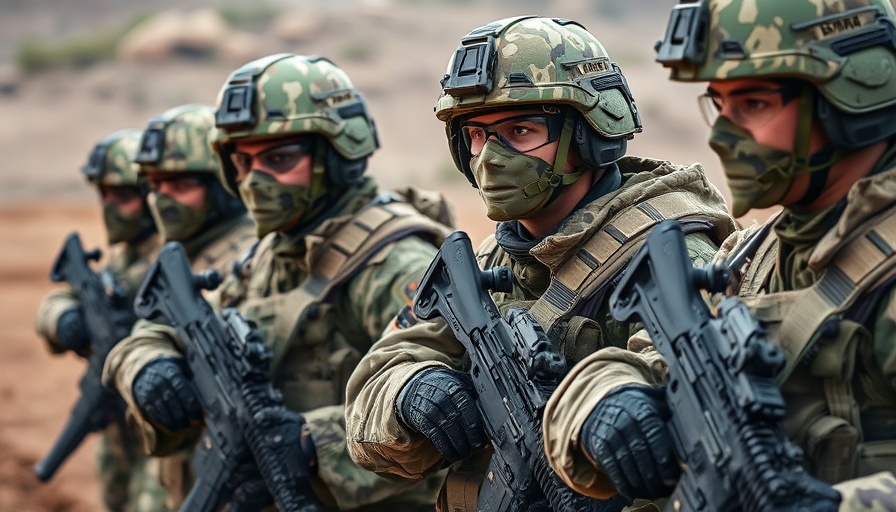
How Prepared Are NATO Troops for Unfolding Threats?
The landscape of modern warfare is rapidly evolving, particularly in light of the ongoing conflict in Ukraine. According to recent discussions sparked by the documentary "From drones to automated weapons - How prepared are NATO troops for defense?" NATO's preparedness, especially regarding Germany's Bundeswehr, has come under scrutiny. The documentary outlines a host of alarming developments, including increased militaristic posturing from Russia and the complex technological battlefield dynamics that modern armies face.
In "From drones to automated weapons - How prepared are NATO troops for defense?", the discussion dives into NATO's military readiness, compelling us to analyze its strategies and potential gaps.
The Robot Revolution: Are Machines the Future of Warfare?
One of the most pressing questions posed by military analysts is whether future conflicts will be dictated by machines rather than men. Cutting-edge technologies like drones and self-driving tanks have emerged as game changers on the battlefield, yet they hold inherent risks. The possibility of misidentification of targets by AI systems raises ethical concerns, hinting at a precarious future where civilian lives could be jeopardized in the pursuit of advanced military strategy.
Lessons Learned: The Transformational Role of Drones
The war in Ukraine has illustrated the sobering reality that traditional military assets like tanks can quickly become obsolete targets against aerial assaults from drones. Ukrainian forces have adapted by employing relatively inexpensive drones to supplant larger, more expensive military hardware. This shift underscores the necessity for NATO to reassess its strategy and invest in technology that enhances situational awareness and threat detection.
Anticipating the Next War: Is NATO Up to the Challenge?
Recent engagements have also tested NATO’s air defenses. Innovations such as hypersonic missiles pose a significant challenge and require robust multi-layered defense strategies. However, the documentary highlights an unsettling truth: Germany’s Bundeswehr may not fully align with these advanced threats. As military exercises begin in the Eastern front with a focus on deterrent capabilities, the question remains whether this escalation can effectively secure NATO’s eastern flank.
Countering these threats goes beyond technological investment; it requires a comprehensive approach that integrates diplomacy, accountability, and a commitment to humanizing military engagement. As the threat landscape shifts dramatically, so must NATO’s strategies and operations.
In conclusion, understanding how prepared NATO troops are for potential conflicts is pivotal not only for military strategists but for global citizens as well. The future of warfare will demand robust international cooperation and innovation to counteract increasingly complex threats. As citizens of a globally interconnected world, the responsibility lies with us to advocate for peace and prioritize diplomatic efforts to prevent war.
 Add Row
Add Row  Add
Add 




Write A Comment